Illustrated Dictionary of Automobile Body Styles
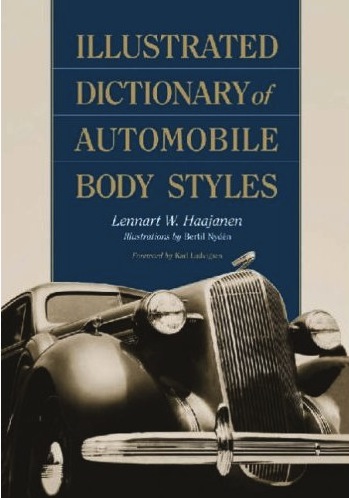 by Lennart W. Haajanen
by Lennart W. Haajanen
By now the word SUV is firmly established in everyday language—but CUV still has that new-car smell. Words change as the industry and the products to which they apply changes. This fine book by the secretary of the Swedish Bugatti club (and retired technical writer) represents a much-needed effort at housekeeping in a field whose nomenclature has, over the course of decades and now centuries, seemingly run amok.
Descriptions of body styles and trim/equipment levels in particular have been afflicted by overly creative misappropriation by the auto makers themselves who, in the name of marketing gimmickry, apply terms without much regard for their historic origins, or invent nonsensical acronyms. Did, for instance, VW’s marketing folks really think in 2002 that their new “Phaeton” luxo sedan had anything to do with the phaeton of old (a mostly open, usually sporting two- or three-seater)? Not that this lack of precision is a new thing: the—tautological—sedancalette de ville of yesteryear is just as much a misnomer.
Haajanen has dug deep, in cases all the way back to the 17th-century origins of the coachbuilding craft, to establish proper etymologies for the many terms that have fallen into disuse as methods, technology, and body styles have evolved. Both carriage and automobile terms are defined and cross-referenced to related entries and the book is extensively illustrated with b/w line drawings. As applicable, each entry describes subtypes/variations, national differences (even alternate spellings), and indicates the time range of predominant use.
The Preface explains the dictionary’s organizing principles and the reader is advised not to skip it! For instance, the book does include the generic body types brougham or doctor’s coupe but, rightly, omits the proprietary ones (cf. Playboy, Huntington, Pall Mall, Brewster Ascot, Brewster Keswick to name just a few Rolls-Royce bodies made in America) used by the carmakers or coachbuilders. While the latter are clearly definable and very specific, they have no application outside a specific marque and thus no place in a dictionary that seeks to capture the universal and not the particular.
A chart in the appendix traces the evolution of body styles from Antiquity to the 1950s and makes the whole process look “neater” than even the text describes it was. (Bibliography)
Copyright 2011, Sabu Advani (speedreaders.info).


 RSS Feed - Comments
RSS Feed - Comments
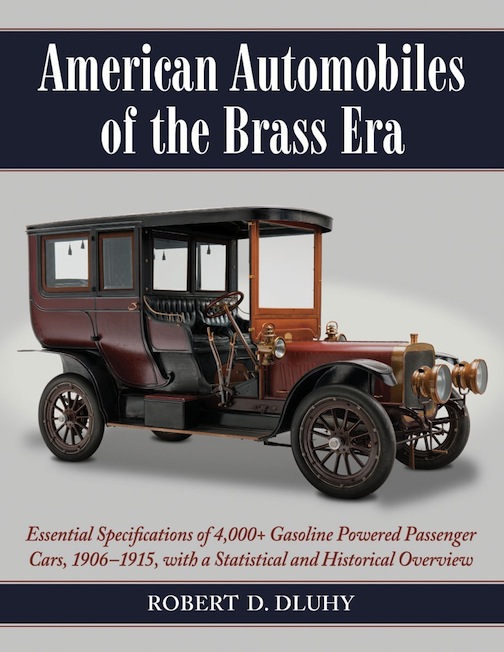
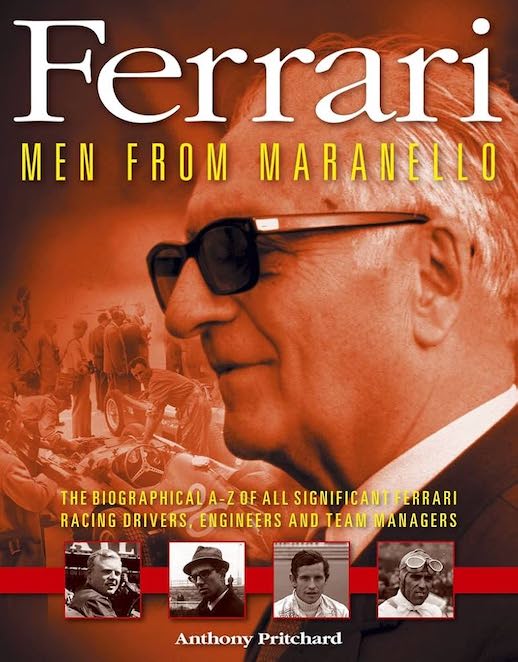
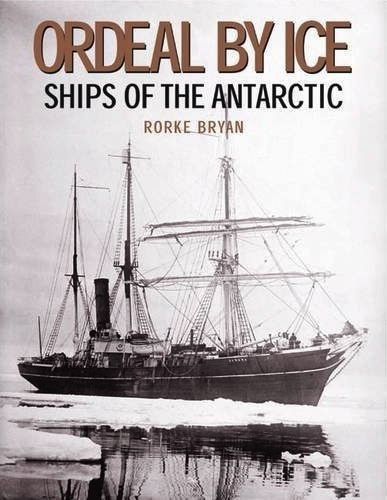
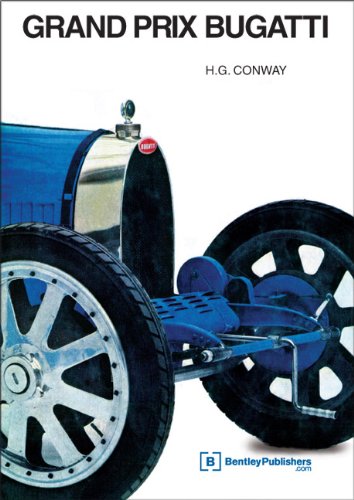
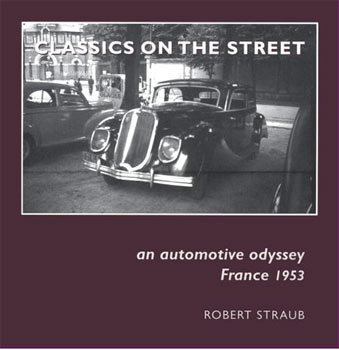
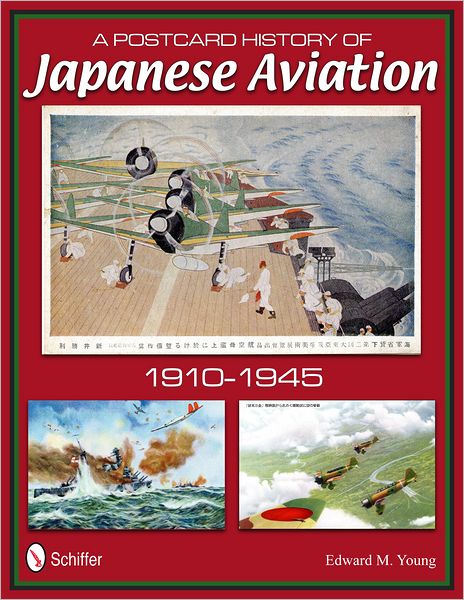
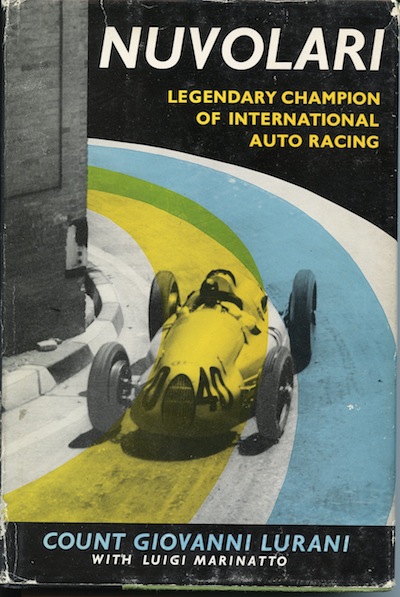
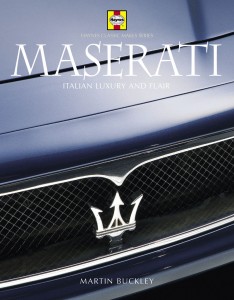

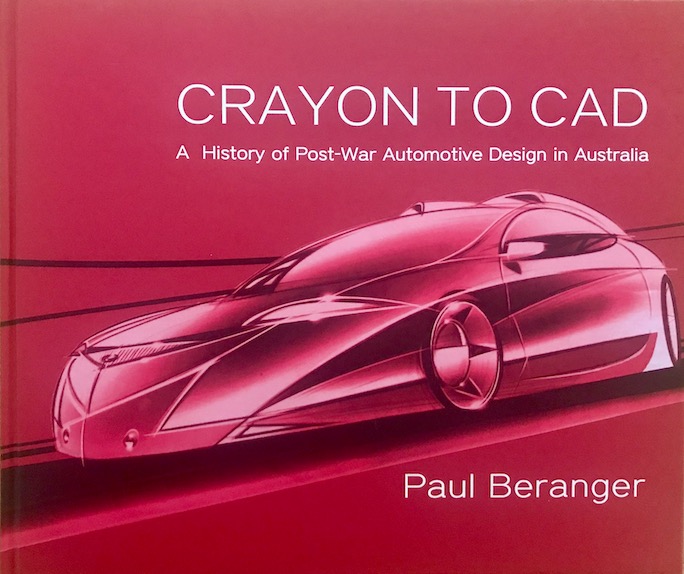

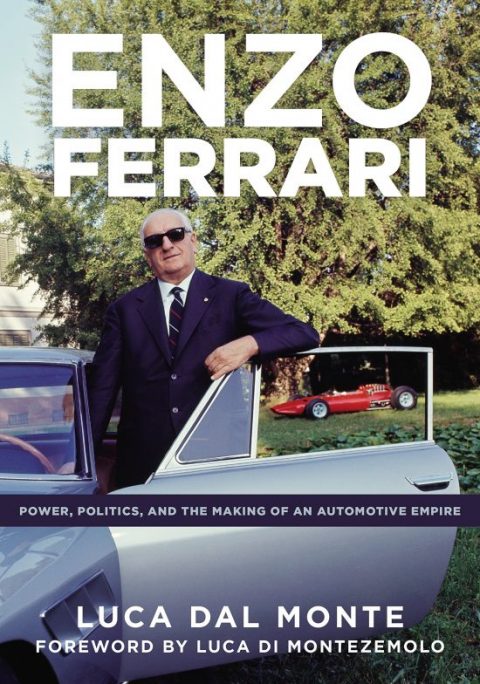
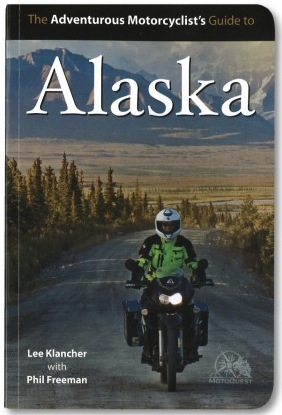

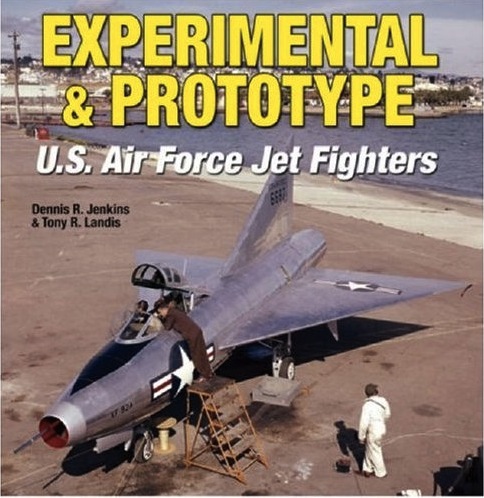
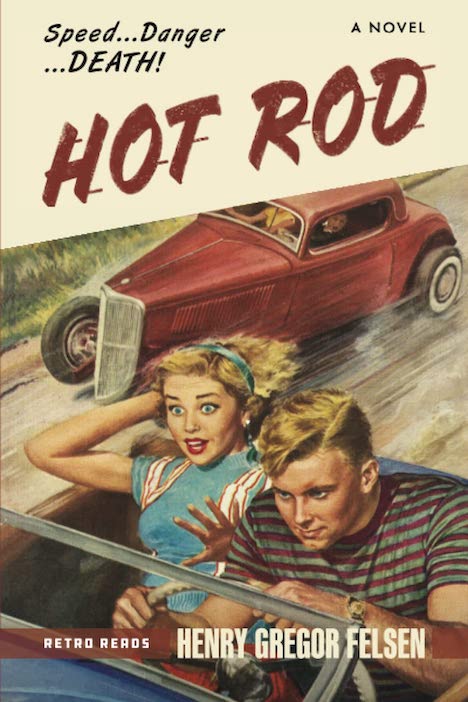
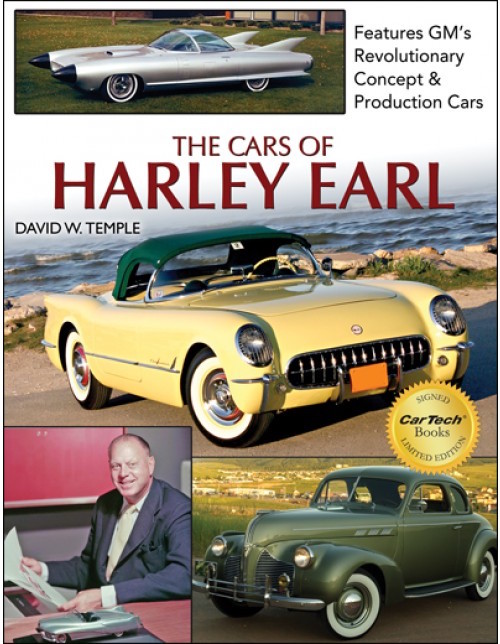

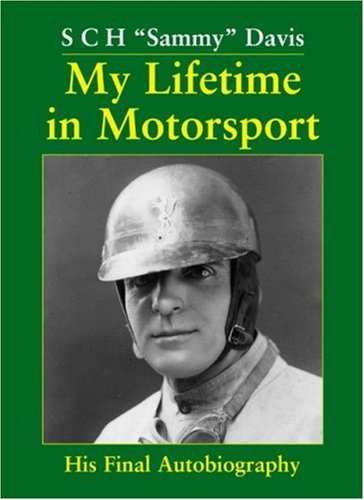
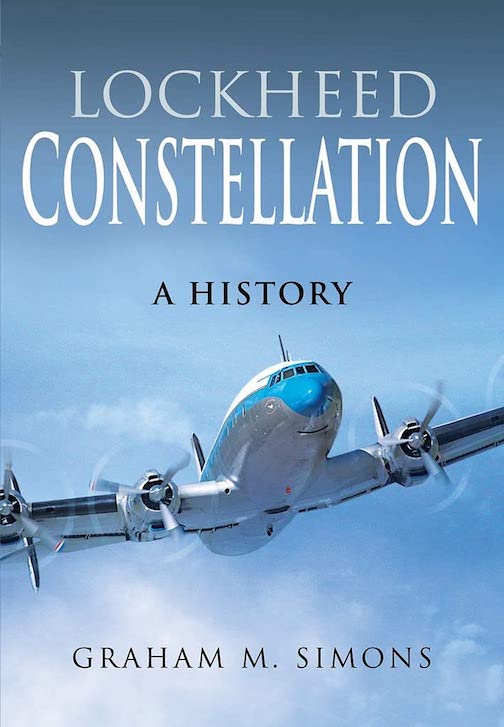

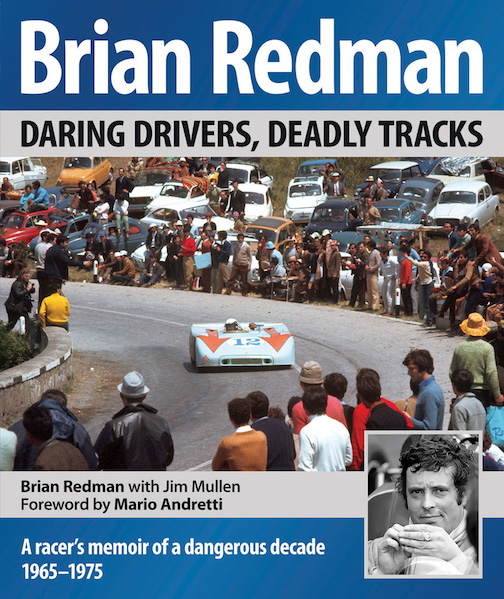
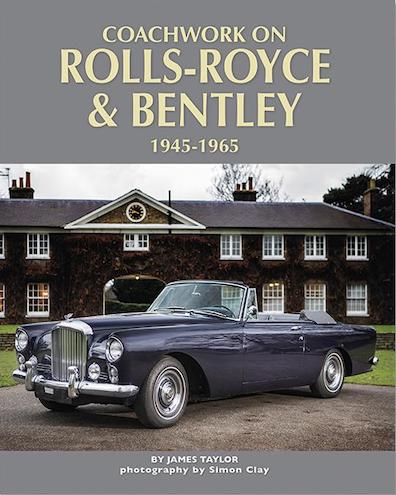
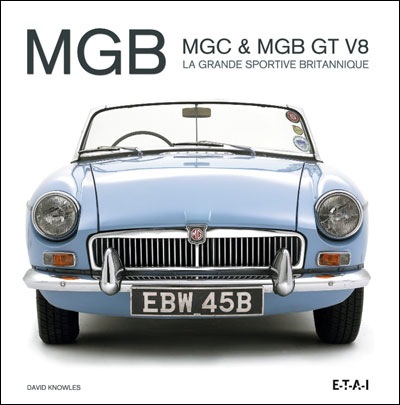
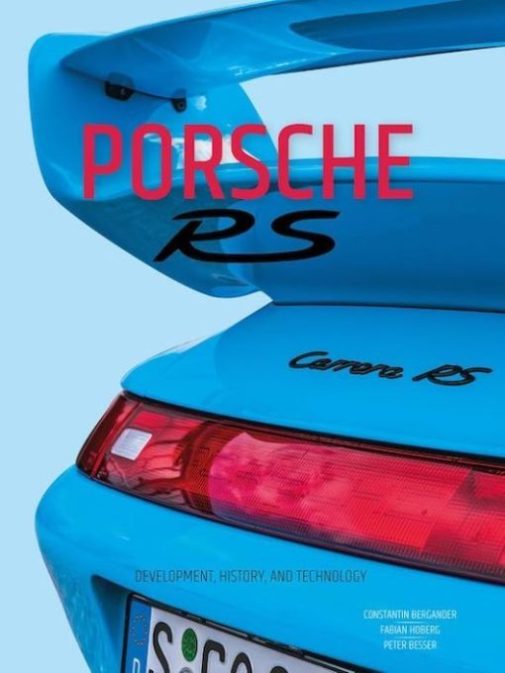
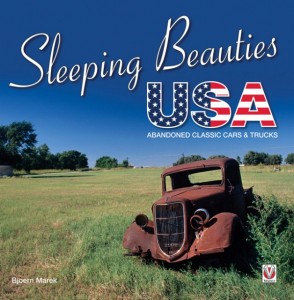
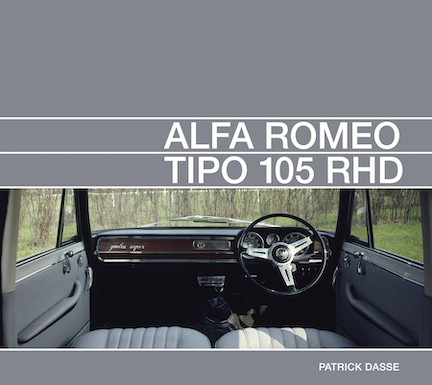
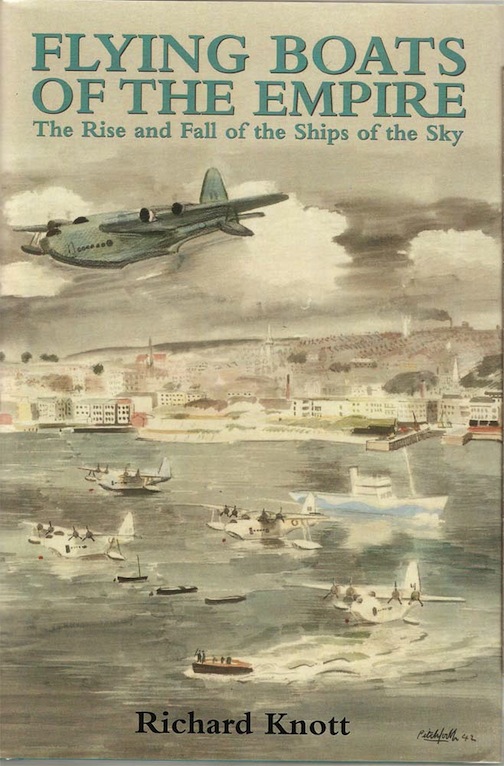
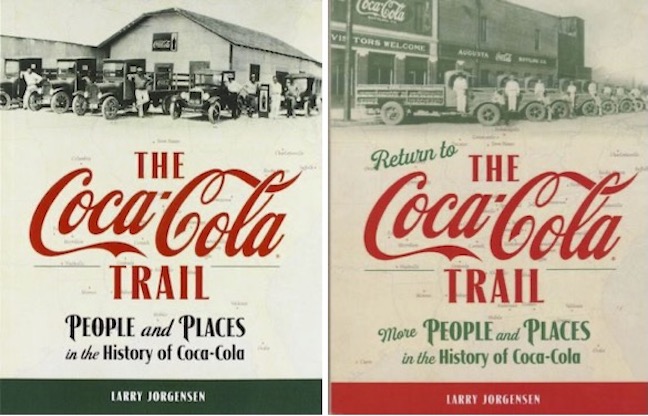

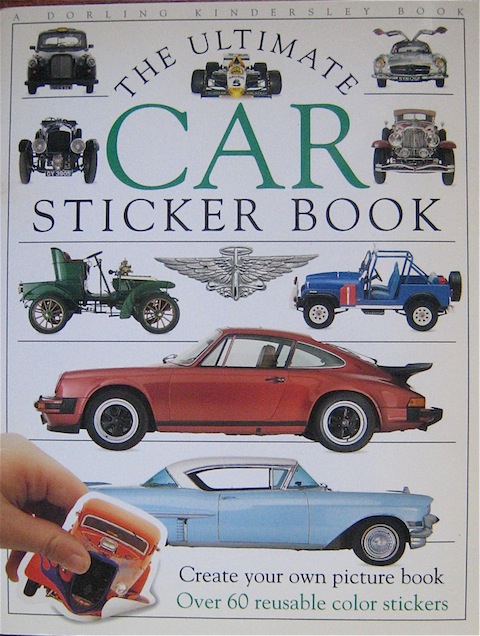

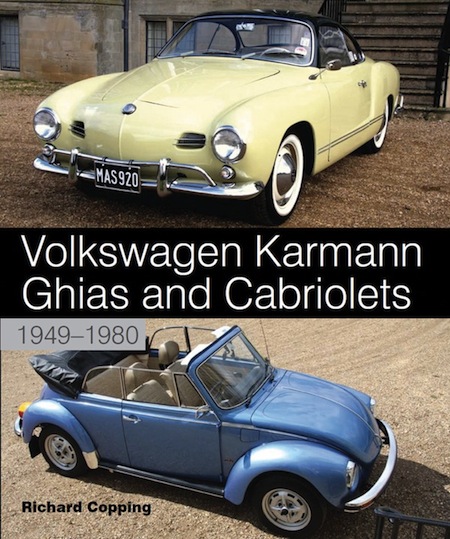

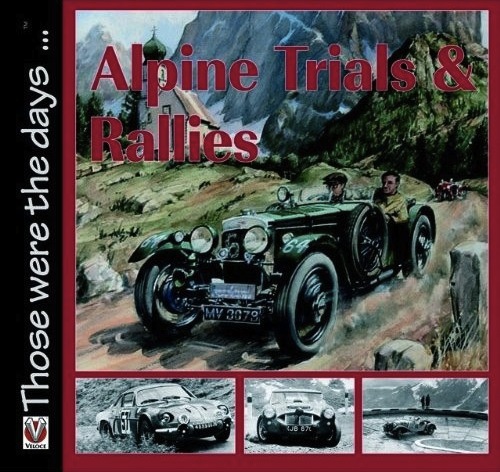
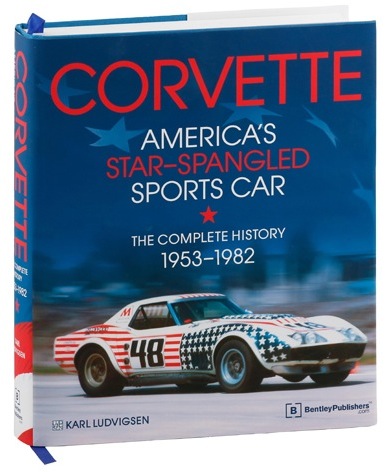



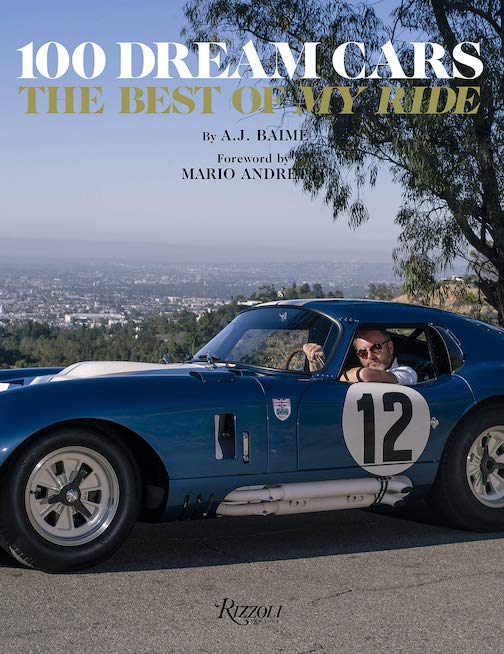

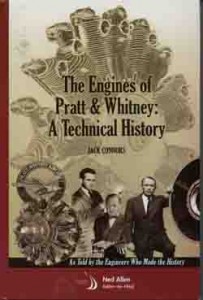
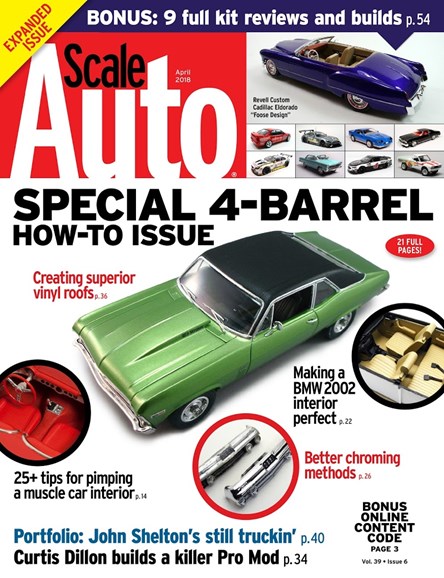
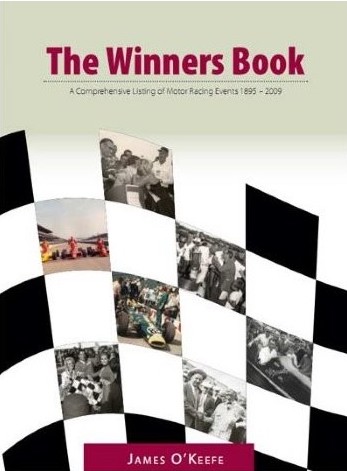


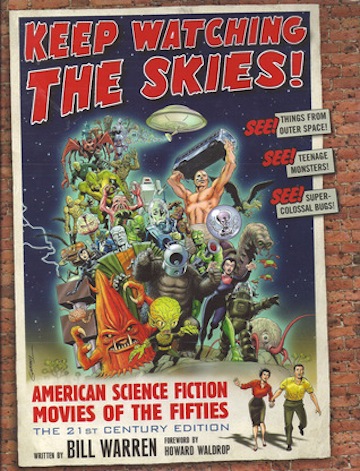
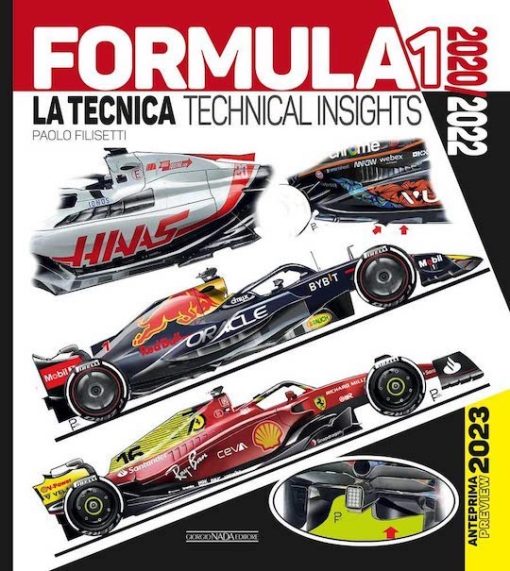
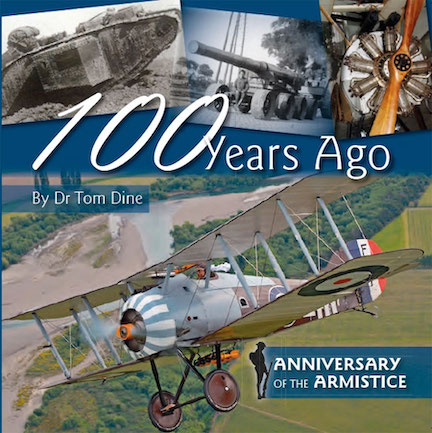
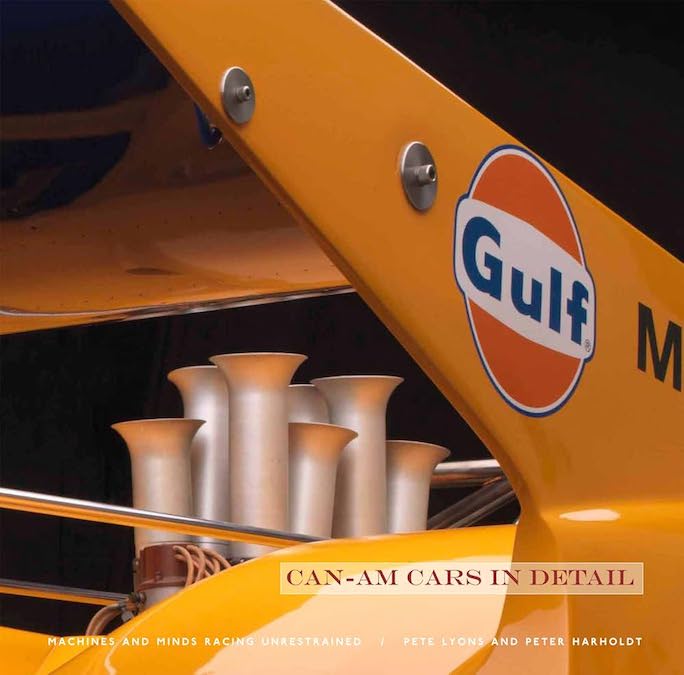
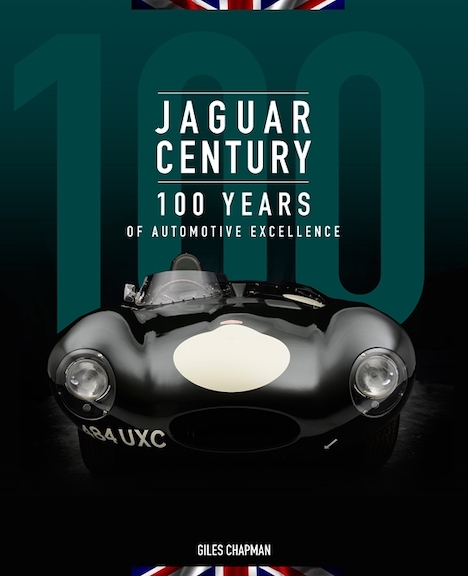

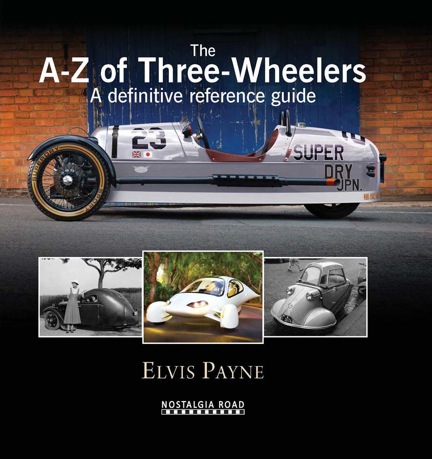
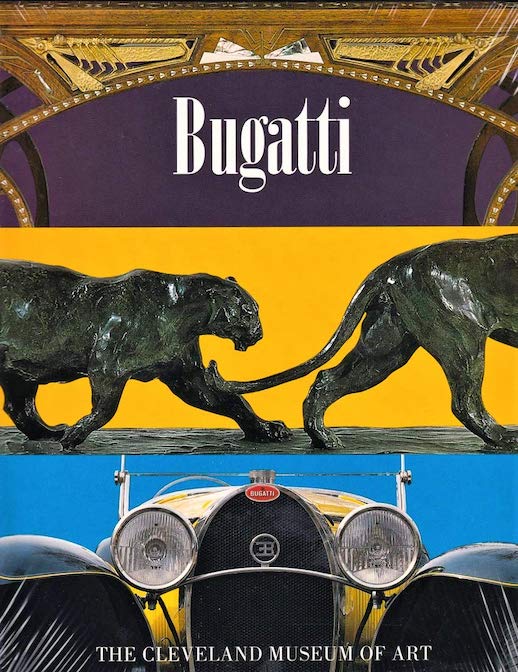
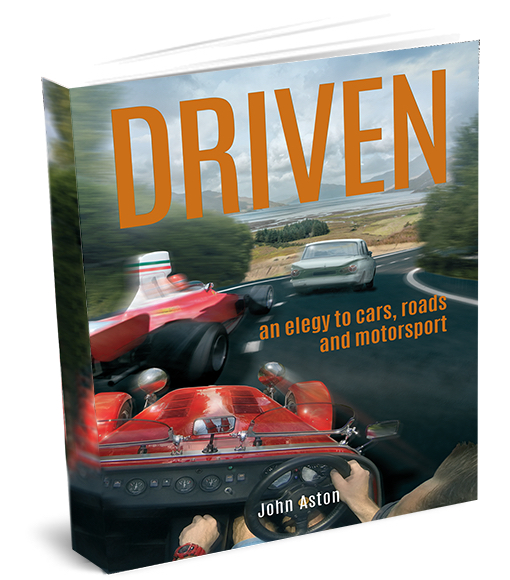
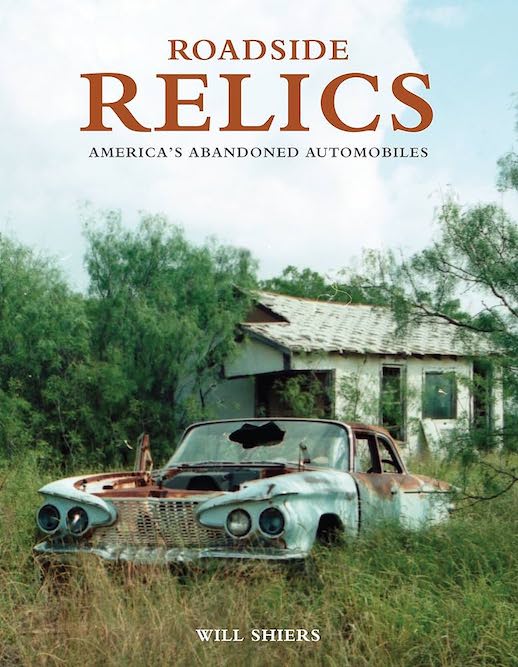
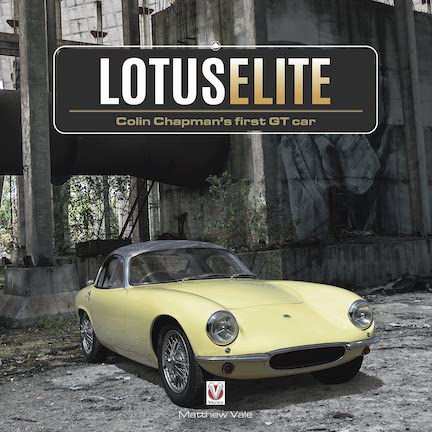
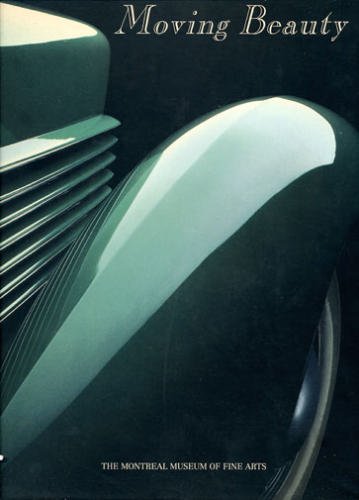
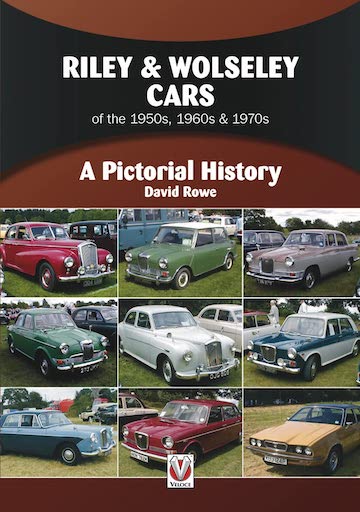

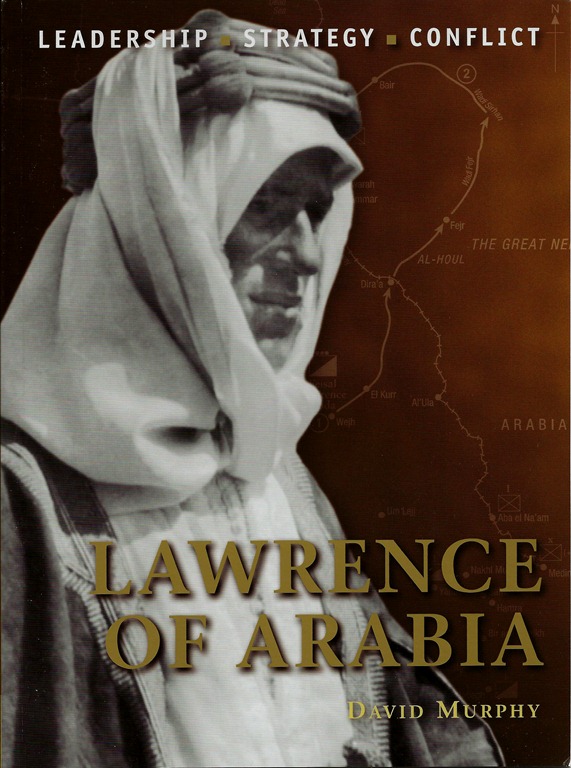
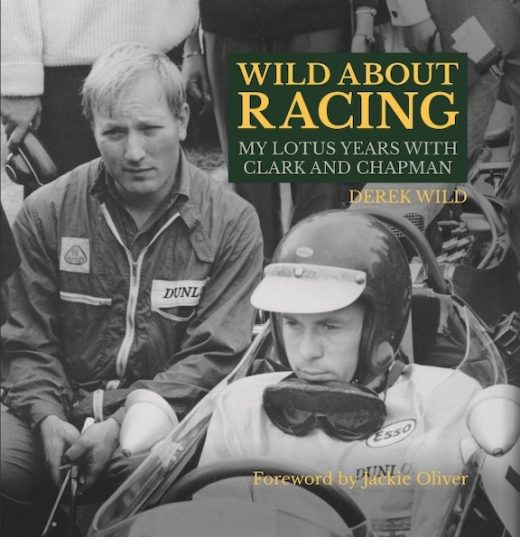
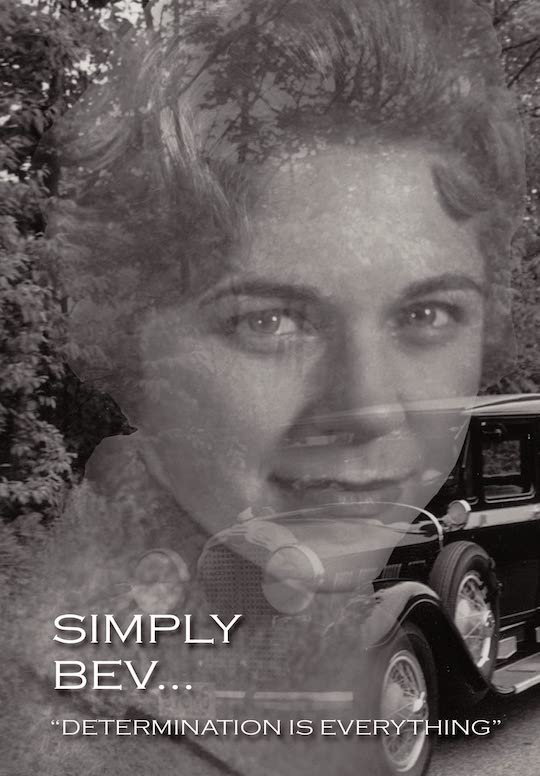

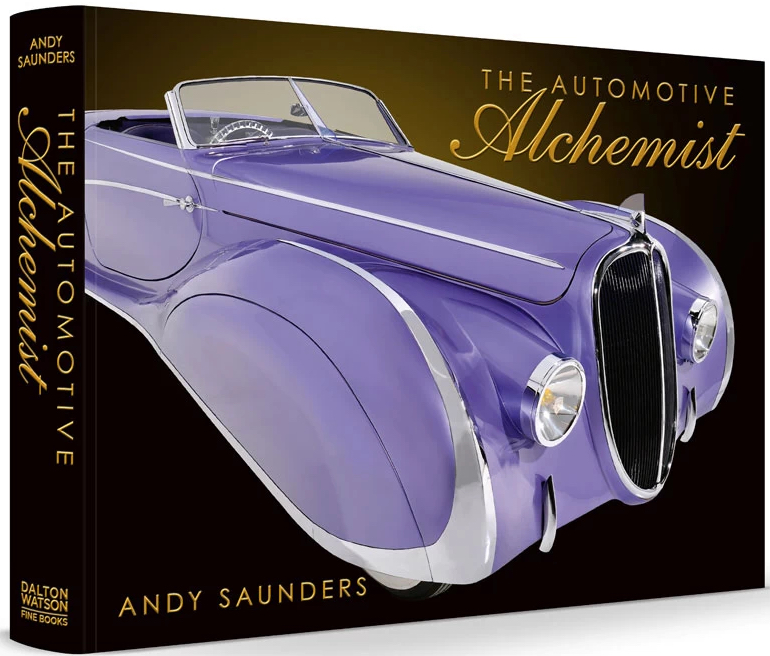
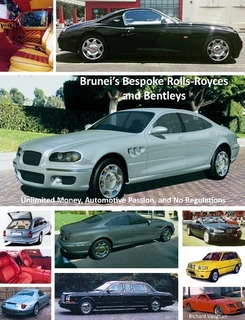
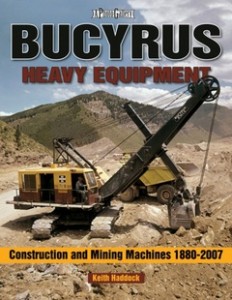

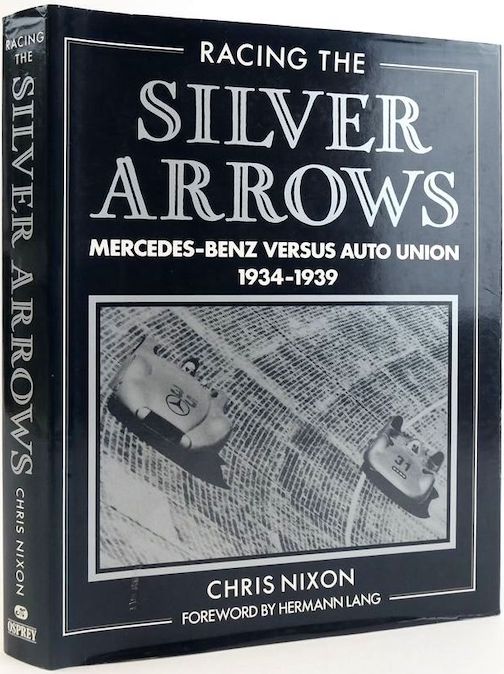

 Phone / Mail / Email
Phone / Mail / Email RSS Feed
RSS Feed Facebook
Facebook Twitter
Twitter